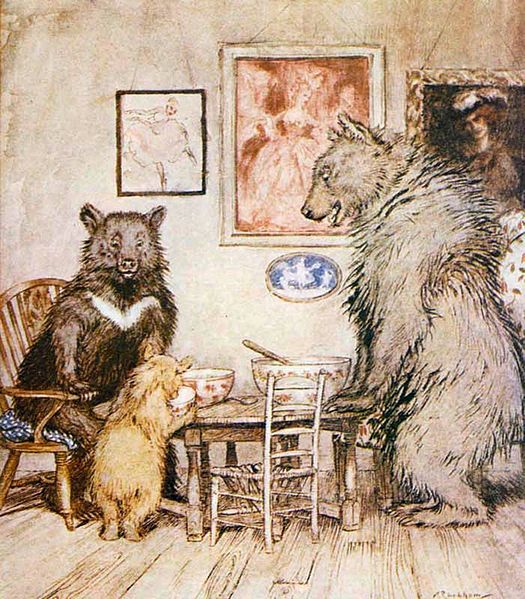Issue 3.1 of the Journal of Popular Romance Studies was published today and I was very pleased to see that it includes a review of For Love and Money. Maryan Wherry concludes:
Laura Vivanco’s analysis of the category romance is both meticulous and inspiring. And while Vivanco limits her examples and discussions to category romances by Harlequin Mills & Boon and the HQN imprint, her application of Frye’s mimetic modes begs for expansion to texts and authors across the genre. This piece of literary criticism should serve as a template for romance scholars to move from defending the genre to discussing its values and complexity as a literary art.
This is extremely gratifying; I'll sit and bask in the sunlight of that praise for a bit....

It would wrong of me, though, not to mention that the review does make a couple of criticisms:
If there is a weakness to this study, it is the author’s reliance on long block quotations, which can become distracting to the overall discussion and inhibit readability. The introduction, which flirts with a defensive tone, is also perhaps a bit disappointing, as it suggests that the field of romance criticism hasn’t progressed since Jensen’s study; certainly it stands at odds with the assertive, upbeat sense of the book as a whole.
 I was working with primary texts which I can't expect my readers to know well (or, in most cases, at all) so perhaps that meant I was more inclined to use longer quotations, which provide a bit more context and also give readers more of a taste of the individual authors' "voices." As far as quotations from academic secondary texts are concerned, I was hoping that the book would appeal to interested general readers as well as to romance scholars, so again perhaps that meant I included slightly longer quotes than would have been necessary if I'd only been writing for a scholarly audience. Having said all that, though, it hadn't even occurred to me that any of my quotes were too long. I think that a "reliance on long block quotes" may form part of my usual writing style. I'll bear this criticism in mind for the future but I can't promise to change; I suspect that what seems "too long" to one reader may seem just right to another.
I was working with primary texts which I can't expect my readers to know well (or, in most cases, at all) so perhaps that meant I was more inclined to use longer quotations, which provide a bit more context and also give readers more of a taste of the individual authors' "voices." As far as quotations from academic secondary texts are concerned, I was hoping that the book would appeal to interested general readers as well as to romance scholars, so again perhaps that meant I included slightly longer quotes than would have been necessary if I'd only been writing for a scholarly audience. Having said all that, though, it hadn't even occurred to me that any of my quotes were too long. I think that a "reliance on long block quotes" may form part of my usual writing style. I'll bear this criticism in mind for the future but I can't promise to change; I suspect that what seems "too long" to one reader may seem just right to another.
Regarding the progress of the field, as Eric Selinger and Sarah Frantz write in their introduction to New Approaches to Popular Romance Fiction:
critical work on popular romance fiction - the books, the readers, and the romance publishing industry - has been going on for decades. A sociological study of reader preferences, comissioned by Mills & Boon, opened the field in 1969. [....] Given its distinctive status as the despised and rejected "other" of modern literary writing, it should come as no surprise that popular romance has been treated very differently, by scholars and critics, from other forms of genre fiction. Mystery and detective novels, science fiction, fantasy, horror: all found critics to praise them as vigorous upstarts, evolving (at least at their best) into literature worthy of the name. The foundational studies of popular romance fiction make no such claims. (2-3)
The pace of change in the field of popular romance studies has accelerated greatly in recent years, particularly since IASPR and JPRS came into existence. That's not something I emphasised in the introduction and, again, it was because I was trying to pitch the book at a variety of audiences.
I didn't want to harp on about the criticisms of Harlequin/Mills & Boon romances, but I did feel they needed to be addressed, not least because for all I know, some some potential readers may not get further than the subtitle of the book, The Literary Art of the Harlequin Mills & Boon Romance, before they burst out laughing at the very idea that there could be such a thing. I felt I needed to engage with those people and their preconceptions before launching straight into an "assertive, upbeat" analysis of the romances.
Maybe I was overcautious. I think, perhaps, it's again a matter of taste: I know in the past I had one essay which attempted to launch straight into new analysis of romances returned to me with the comment that I should include more references to older critics such as Radway and Modleski.
-----
Selinger, Eric Murphy and Sarah S. G. Frantz. "Introduction: New Approaches to Popular Romance Fiction." New Approaches to Popular Romance Fiction: Critical Essays. Ed. Sarah S. G. Frantz and Eric Murphy Selinger. Jefferson, North Carolina: McFarland, 2012. 1-19.
The photo of the deck chair was taken by Mark J P and was made available via Flickr under an Attribution-NonCommercial-NoDerivs 2.0 Generic licence. The Three Bears were created by Arthur Rackham and are in the public domain. I found them at Wikimedia Commons.

I recently finished reading
I recently finished reading your book and I am gald that you addressed the criticisms of Harlequin/Mills & Boon as it has helped me to decide upon the direction I want to take with my own research on Australian public libraries and romance readers. I was previously looking at the broader romance genre but I now feel confident at investigating at only HMB publications - though I am still trying to decide whether to only look at category titles or to include the single title publications too.
I'm thrilled to have been of
I'm thrilled to have been of help, Vassiliki. Thanks for letting me know; I'm looking forward to reading your research.
Re the category and/or single title issue, do they tend to be shelved separately? I know that in my local library the categories tend to be placed in their own revolving bookcase at the end of the shelves reserved for single title and/or large print romances. If that happens in a lot of libraries, it presumably affects how readers browse through them and perhaps it would also make a difference to the perception of the category romances by readers and librarians? It would certainly seem to give you an additional justification for investigating them in particular.
Each library deals with their
Each library deals with their shelving according to their own unique circumstances around space and library design. And perhaps I could look at whether categories are shelved amongst single title romances as part of my research :) Most libraries here in Australia also put category romances on the spinners at the end of a bay. There is a different perception of books held on the spinners than in the bays but I don't think it is as value laden for the borrower/reader (who is more likely to choose based on a preferred format) that it is for the library staff. It also depends on whether the library has individual catalogue records for each category romance or one big generic "Romance Fiction" title thus rendering the category romance unsearchable and irretrievable particularly if libraries hold policies to not retrieve/search for items held on the spinners. That makes the item inaccessible to interlibrary-loans and housebound services. All genre fiction held on spinners are affected in the same way however category romances are the only ones that often don't have a title/author record. The more I discuss it, the more I am convinced that narrowing my research to category romances is necessary.
category romances are the
Ouch! That would seem to suggest they've been classified as disposable/interchangeable rather than as "real" books.
Exactly. They are seen as
Exactly. They are seen as disposable but in return, this practice also leaves a negative impression of library services and their relevancy on the reader.
And, as you said in your ALIA
And, as you said in your ALIA talk
This PLN comment has had a
This PLN comment has had a big impact on the librarians who attended my talk. Many have approached me to say that philosophical arguments about valuing all reading doesn't sway opinions when allocating resources to collections but knowing that it affects an individual's earnings does. I know that one library has already changed over to adding an author/title record. Win!
It's kind of surprising to me
It's kind of surprising to me that the theoretical argument had less impact, but perhaps it shouldn't be, because newspapers have been using the human interest angle to get people to take notice of other issues for a long time. Congratulations on finding the winning argument!